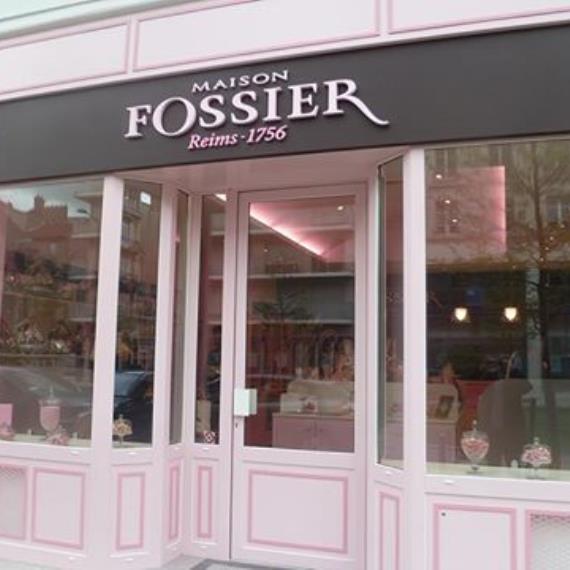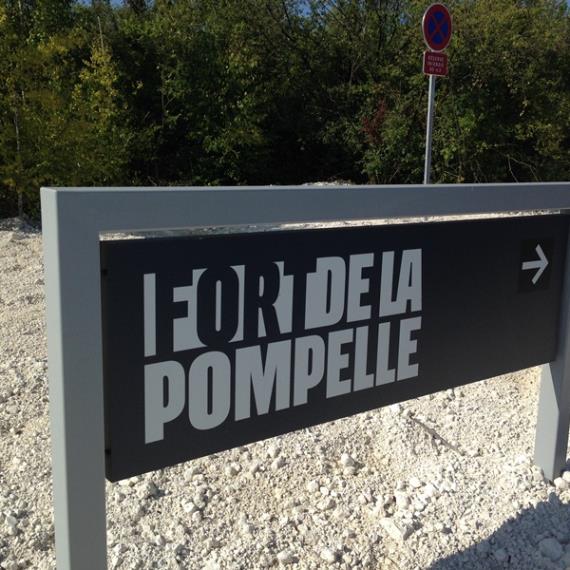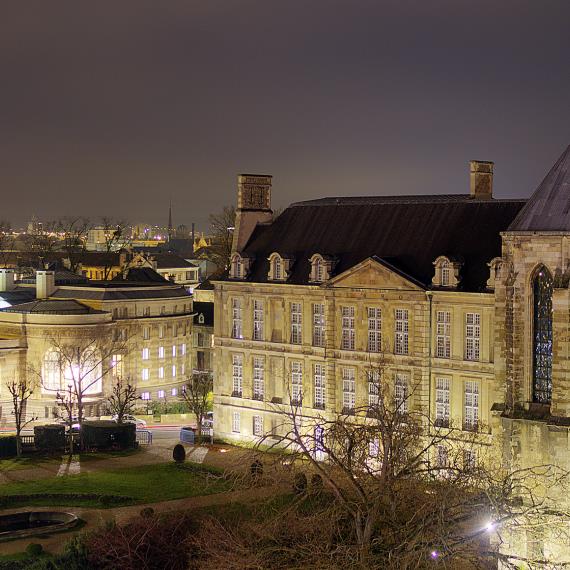The Montagne de Reims
This territory has a “Vignobles & Découvertes” label and is located between Reims and Épernay. It boasts a natural heritage and buildings that you can explore by car thanks to the Route Touristique du Champagne which crosses the territory.

CHAMPAGNE, NATURE, AND HERITAGE
MEETING UNESCO
Here, the vineyards of the Montagne de Reims territory stretch between the forest massif of the Montagne de Reims Regional Natural Park and the agricultural plain.
This region has micro-climates that enable the cultivation of three grape varieties authorised in the Champagne region, and to offer a wide range of wines with varied characteristics thanks to the blending and aging work of the producers.
Thirty or so cellars and houses, all carrying the "Vignobles & Découvertes" label, open their doors to you and reveal the secrets of their champagne over a tasting and/or a visit of their property.

The Faux de Verzy reserve, unique in the world, bears witness to the originality of this forest-blanketed area. It hosts close to 1000 “turtle beeches”, whose obscure origin is still the subject of conversations today...
From there, you’re at the highest point of the Montagne de Reims: Mont Sinaï (283 m), no big deal! Hop on your bike for a beautiful ride and once you’ve conquered the peaks and troughs, it will definitely give you pause for thought!
This 70-million-year old mountain is a veritable cross-section of geology: chalk, sand, clay, and limestone give these champagnes their characteristic features.
The countryside that you’ll roam promises beautiful opportunities to explore through wine-producing villages nestled in the heart of the vineyards, extending towards Reims via a green corridor along the Aisne canal to the Marne.
The Route Touristique du Champagne starts from Reims so don’t forget to enjoy its remarkable architectural and cultural heritage and soak up the excitement in the city centre!
On the hills overlooking Reims, you can visit one of the champagne cellars in the Saint-Nicaise hill, a UNESCO World Heritage Site, housing millions of bottles in former chalk quarries...
You can then explore the “other” Champagne region, secret and intimate, with a first stop at Gueux where you can see the first vineyards of Vrigny appear... Your route will lead you to Épernay.

TO SEE ON THE WAY
- UNESCO World Heritage Sites: Reims cathedral, Saint Remi Abbey and Museum, Palais du Tau,
- Reims Champagne houses and their kilometres of cellars dug out of the chalk,
- The Maison Fossier and its unmissable "biscuits roses” (pink biscuits)
- The Montagne de Reims and the Faux de Verzy Regional Natural Park.
- The Verzenay lighthouse
- The Fort de la Pompelle
A LIGHTHOUSE IN AN OCEAN OF VINEYARDS
Windmills are all well and good, but in what fantasy world will you find a lighthouse in the middle of the Verzenay vineyards? It’s the Champagne house of J. Goulet who had this “marketing gimmick” built in 1909, its beam of light reaching as far as Reims. You could enjoy yourself there because back in the day it had a guinguette (an open-air café where you could dance)...
Today hosting a wine museum, the Verzenay Lighthouse invites you to browse the fascinating world of Champagne vineyards via a museographic tour lasting an hour and a half. You can also enjoy an exceptional panoramic view over the prestigious hills of the Montagne de Reims either from the Panoramic garden or after an unusual climb to 25 metres high...
At the end of your visit, as you simply must in the Champagne region, you can peruse a selection of champagnes from various winemakers in our tasting space.
I ONLY DRINK CHAMPAGNE ON TWO OCCASIONS, WHEN I AM IN LOVE AND WHEN I AM NOT.
Coco Chanel
QUIZ
IN THE CHAMPAGNE REGION, WHAT DOES DISGORGEMENT MEAN?
- Splitting the juices when they come out of the wine press
- The expulsion of sediments
- The addition of dosage liqueur
ANSWER
This is the operation that involves opening the bottle to expel the sediment made of dead yeast cells.
It is done by freezing the neck of the bottle: the bottles are upended (tip pointing downwards) after remuage. The neck is submersed in a solution at -25°C that freezes the sediment. Then the bottle is turned right side up and the capsule withdrawn. Under pressure (6 bars inside the battle), the sediment ice cube is expelled.
YOUR CONTACTS
-
REIMS TOURIST OFFICE - 6 RUE ROCKFELLER - 51100 REIMS - +33 3 26 77 45 00 - WWW.REIMS-TOURISME.COM
-
FISMES WELCOME CENTER - 28 RUE RENÉ LETILLY - 51170 FISMES - + 33 3 26 48 81 28
SELECTION OF GETAWAYS
More details on some of our ideas for walks to explore the Montagne de Reims!

Tours de la Cathédrale Notre-Dame
Climbing the towers of Reims cathedral allows a unique view of a masterpiece of Gothic architecture, its high statuary and 20th century...

Maison Fossier Reims Cathédrale
The Fossier House continues to use the traditional know-how of its founders dedicated to gastronomy and festive occasions and is loyal to...

Phare de Verzenay
Which other site could have accommodated this vine museum apart the heart of the vineyards of Champagne and the Regional Nature Reserve of...

Musée du Fort de la Pompelle
A Séré de Rivières – type fort built from 1880 to 1883 and a listed building. It houses the 1914-1918 War Museum and exhibits a collection...

Palais du Tau - Fermé pour travaux
A listed Unesco World Heritage site, the palace was the former residence of the bishops and then the palace of the archbishops of Reims...